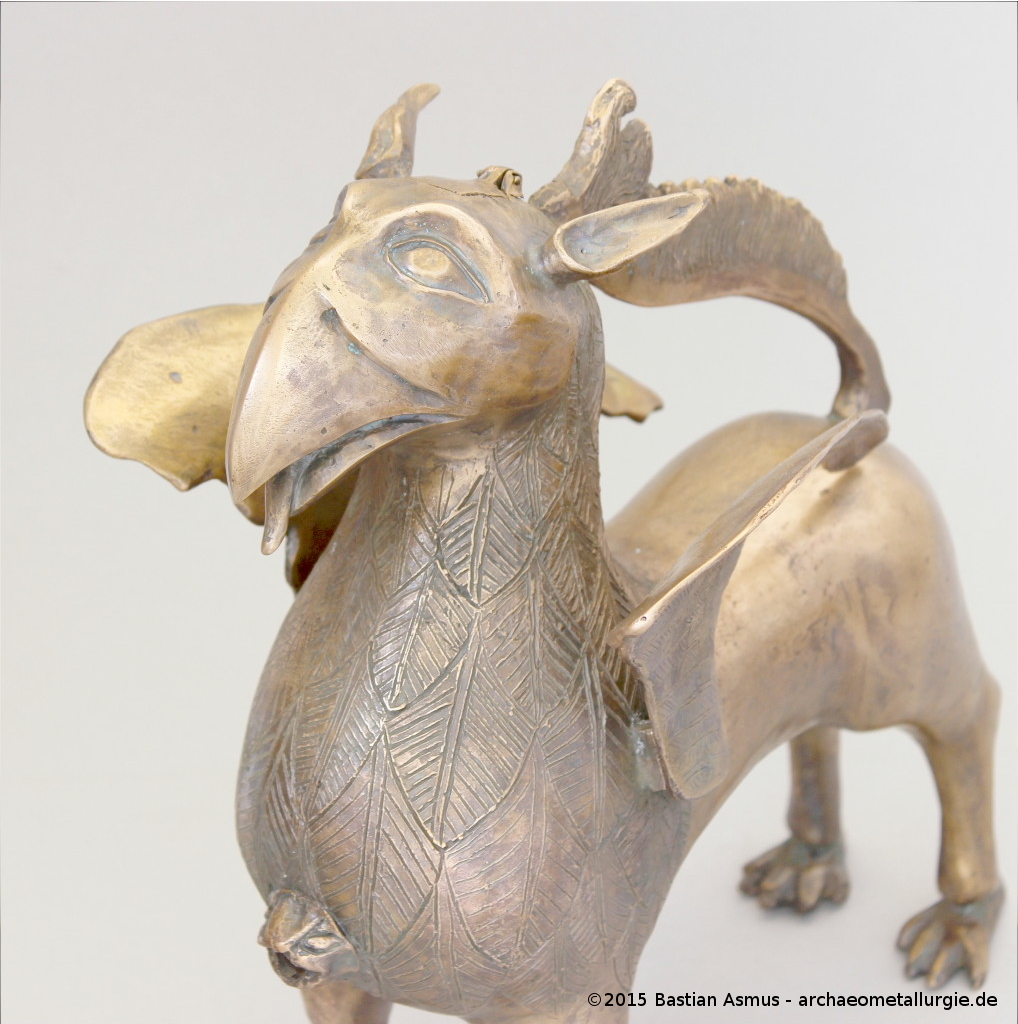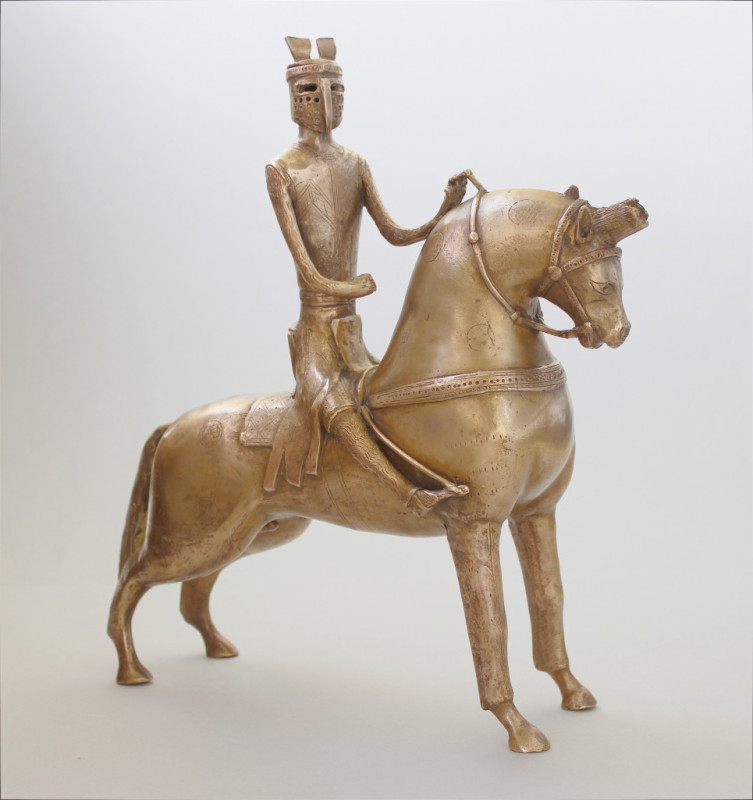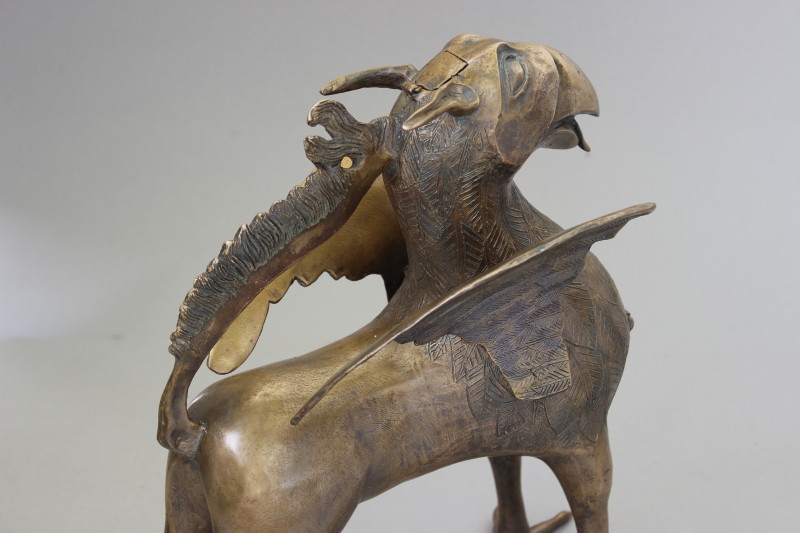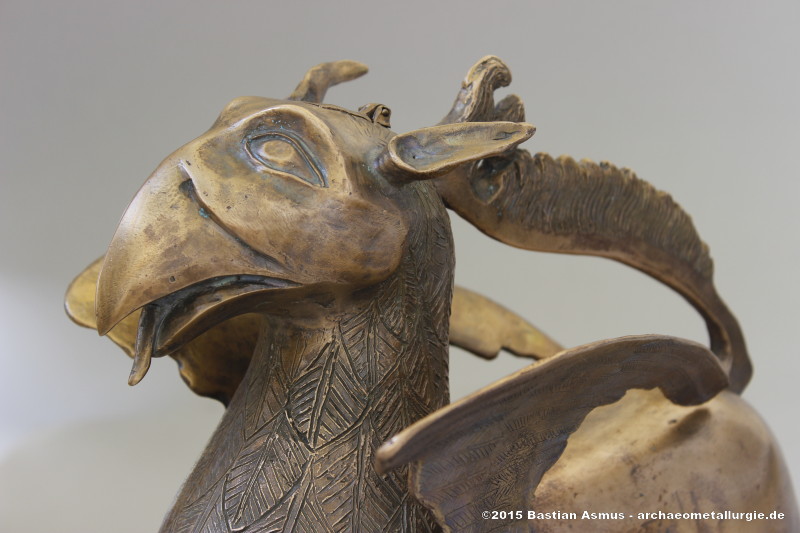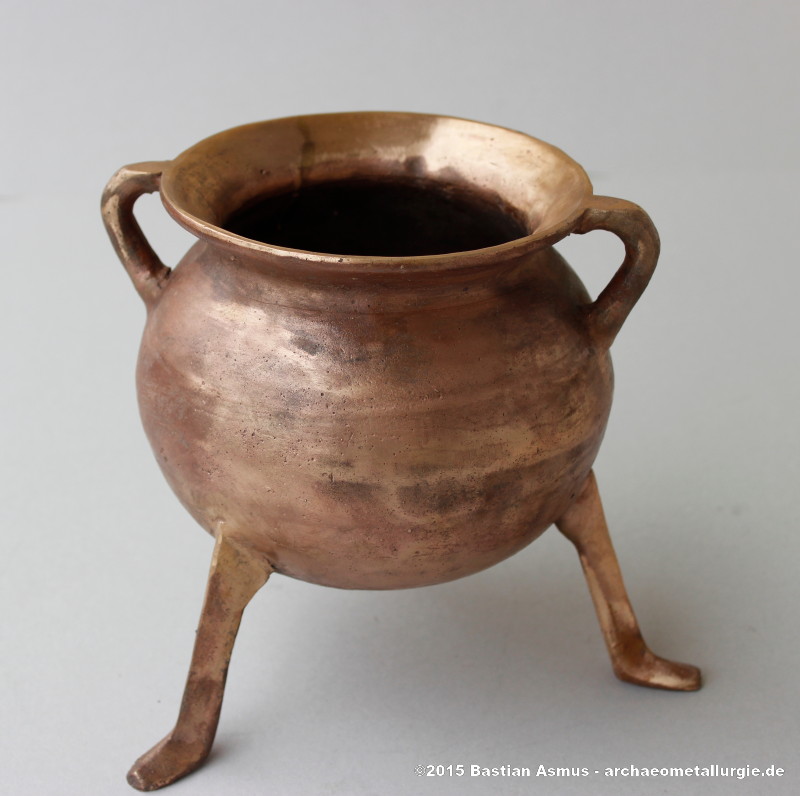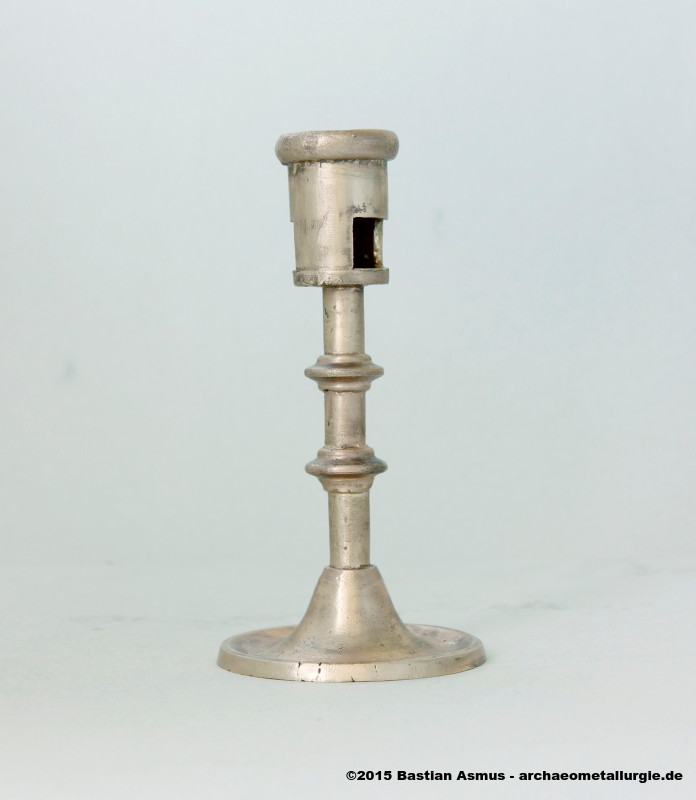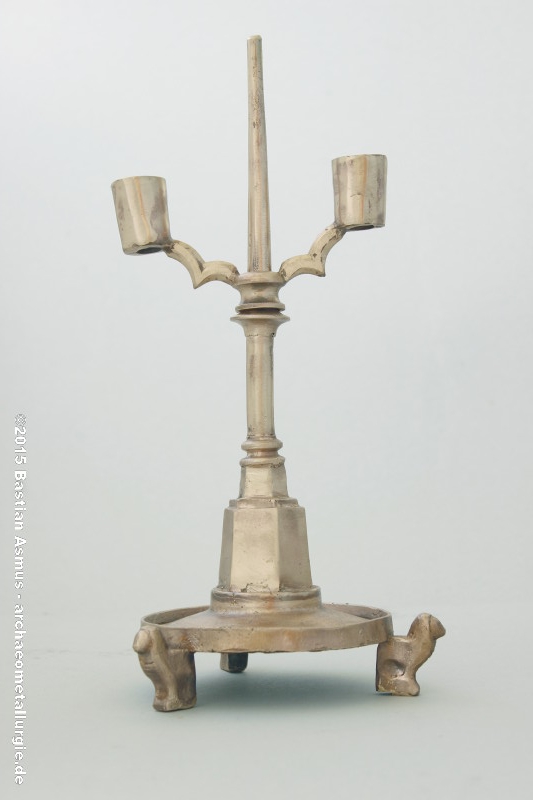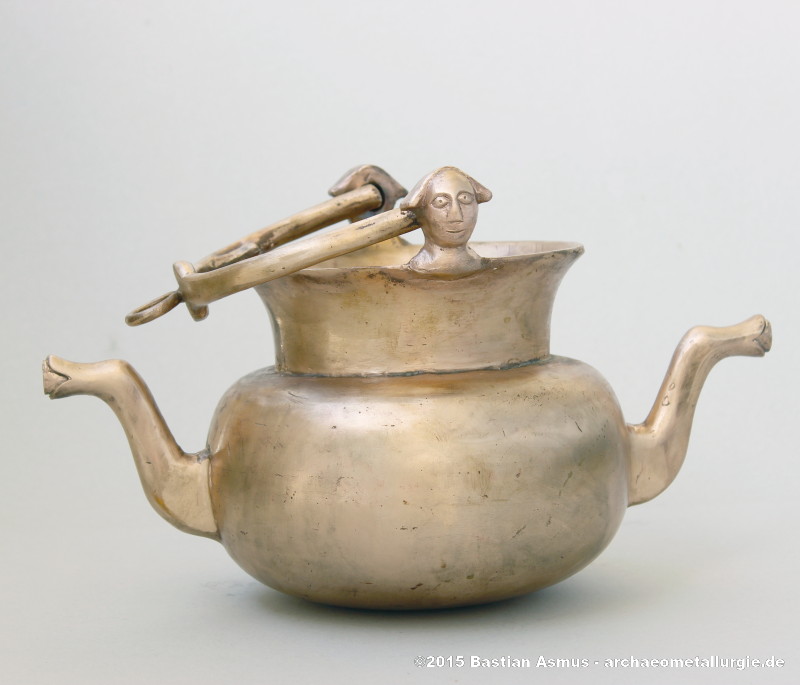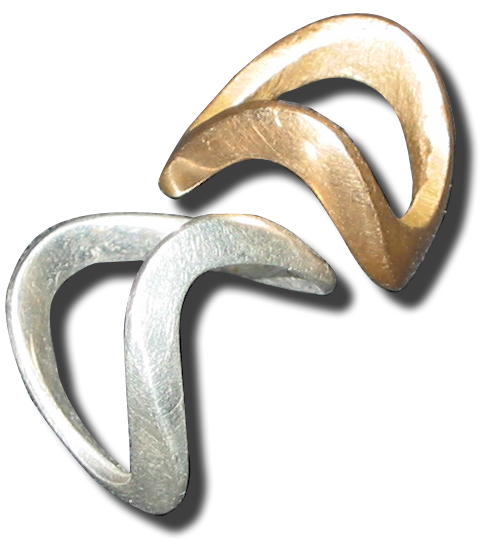Foundry
The foundry is a workshop specialising in archaeological non-ferrous metallurgical techniques. This results in two related but in their objectives differing fields of activity.
- Experimental archaeology as a means of archaeological research
- Production of reconstructions
1. Experimental archaeology as a means of archaeological research
The foundry is equipped with all necessary equipment to produce cast objects. Possible techniques are the lost wax method, the moulding with natural green and dry sand moulds, sand piece moulding, or less archaeological with oil bound sand. As a result of previous experimental and experiential work I have developed a number of techniques which are based upon archaeological evidence, and may be close to original casting technologies. The re-discovering and re-establishment is a matter of on going research and development, and is fuelled by the scientific analyses of archaeological metallurgical remains in co-operation with international partners. A special field of interest is the construction and operation of reconstructed furnaces .
2. Production of reconstructions
Next to the scientific approach my background as a journeyman in the trade of art bronze casting led to the reconstruction of non-ferrous artefacts form the past. This is mainly done in conjunction with taught courses, exhibitions, museums projects, re-enactment. Mostly the objects are custom orders. These maybe cauldrons, aquamaniles, gemellions, bronze age gear, artistic bronzes or parts of historical instruments. I attach considerable importance to the authenticity of deployed materials and techniques. Where necessary these materials or techniques are researched and reconstructed.
References
